|
|
This topic comprises 2 pages: 1 2
|
|
Author
|
Topic: ELP Laser Turntable
|
|
|
Mitchell Dvoskin
Phenomenal Film Handler
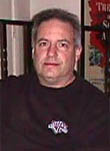
Posts: 1869
From: West Milford, NJ, USA
Registered: Jan 2001
|
 posted 05-05-2015 01:55 PM
posted 05-05-2015 01:55 PM




Final Technology Turntable Thread
That tread does not specifically address the issues, the big one was that dust and groove damage was much more pronounced than with a needle pickup. Of course, this goes back to before and during the early days of digital recording. There is now digital dehissing/depopping software that will work on the fly eliminating the major drawback.
Audiophile Magazine ELP Turntable Review From 2008
quote: Audiophile Magazine ELP Turntable Review Excerpt
However, what the ELP giveth in convenience with one hand, it more than taketh away with the other. Unlike a relatively massive diamond stylus, which plows through a record’s grooves like the prow of a ship, the ELP’s tiny laser-beam styli have next to no mass and cannot move dust particles out of their way. Any speck of dirt, however minute, is read by the lasers along with the music. In his review of the ELP in Stereophile, Michael Fremer compared the playback of an uncleaned record to the sound of someone munching potato chips. That’s a pretty accurate description.
| IP: Logged
|
|
|
|
|
|
Martin McCaffery
Film God

Posts: 2481
From: Montgomery, AL
Registered: Jun 99
|
 posted 05-05-2015 04:11 PM
posted 05-05-2015 04:11 PM





In related news:
Edison Talking Dolls Can Be Heard Again
quote:
In 2014, the technology was made available for the first time outside the laboratory.
“The fear all along is that we don’t want to damage these records. We don’t want to put a stylus on them,” said Jerry Fabris, the curator of the Thomas Edison Historical Park in West Orange, N.J. “Now we have the technology to play them safely.”
Last month, the Historical Park posted online three never-before-heard Edison doll recordings, including the two from the Rolfses’ collection. “There are probably more out there, and we’re hoping people will now get them digitized,” Mr. Fabris said.
The technology, which is known as Irene (Image, Reconstruct, Erase Noise, Etc.), was developed by the particle physicist Carl Haber and the engineer Earl Cornell at Lawrence Berkeley. Irene extracts sound from cylinder and disk records. It can also reconstruct audio from recordings so badly damaged they were deemed unplayable.
| IP: Logged
|
|
|
|
|
|
|
|
|
|
|
|
|
|
|
|
|
|
Mitchell Dvoskin
Phenomenal Film Handler

Posts: 1869
From: West Milford, NJ, USA
Registered: Jan 2001
|
 posted 05-11-2015 12:11 PM
posted 05-11-2015 12:11 PM




Wikipedia Article
quote: From Wikipedia
History
William K. Heine presented a paper entitled A Laser Scanning Phonograph Record Player to the 57th Audio Engineering Society (AES) convention in May 1977. The paper details a method developed by Heine that employs a single 2.2 mW Helium–neon laser for both tracking a record groove and reproducing the stereo audio of a phonograph in real time. In development since 1972, the working prototype was named the "LASERPHONE" and the methods it used for playback was awarded U.S. Patent 3,992,593 on 16 November 1976. Heine concluded in his paper that he hoped his work would increase interest in using lasers for phonographic playback.
Finial Technology
Four years later Robert S. Reis, a graduate student in engineering at Stanford University, wrote his master's thesis on "An Optical Turntable". In 1983 he and fellow Stanford electrical engineer Robert E. Stoddard founded Finial Technology to develop and market a laser turntable, raising $7 million in venture capital. In 1984 servo-control expert Robert N. Stark joined the effort.
A non-functioning mock-up of the proposed Finial turntable was shown at the 1984 Consumer Electronics Show (CES), generating much interest and a fair amount of mystery, since the patents had not yet been granted and the details had to be kept secret. The first working model, the Finial LT-1 (Laser Turntable-1), was completed in time for the 1986 CES. The prototype revealed an interesting flaw of laser turntables: they are so accurate that they play every particle of dirt and dust on the record, rather than pushing them aside as a conventional stylus would. The non-contact laser pickup does have the advantages of eliminating record wear, tracking noise, turntable rumble and feedback from the speakers. The projected $2500 street price (later raised to $3786 in 1988) limited the potential market to professionals (libraries, radio stations and archivists) and a few well-heeled audiophiles.
Unfortunately for Finial, the laser turntable development exactly coincided with both a major economic recession and the perfection and introduction of the Digital Compact Disc, which soon began flooding the market at prices comparable to LPs (with CD players in the $300 range). Vinyl record sales plummeted, and many existing turntable manufacturers went out of business as a result.
The Finial turntable never went into production. After a few hand-built (and finicky) prototypes were completed and shown, tooling delays, component unavailability (in the days before cheap lasers), marketing blunders, and high development costs kept pushing back the release date. With over US$20 million in venture capital invested, Finial was faced with a dilemma: to forge ahead with a selling price that was too high for most consumers, or to gamble on going into mass production at a much lower price and hoping the market would lower costs.
ELP
In late 1989 Finial's investors finally cut their losses and liquidated the firm, selling the patents to Japanese turntable maker BSR, which became CTI Japan which in turn created ELP Japan for continued development of the "super-audiophile" turntable. After eight more years of development the laser turntable was finally put on sale in 1997 as the ELP LT-1XA Laser Turntable, with a list price of US$20,500 (in 2003 the price was lowered to US$10,500). The turntable, which uses two lasers to read the groove and three more to position the head, does allow one to vary the depth at which the groove is read, possibly bypassing existing record wear. It will not, however, read clear or colored vinyl records.
This is accurate as far as I remember it. I first heard about this concept back in the late 1970's, and patiently waited for it to actually be produced. When it finally did, not only was I disappointed that it was not priced as a consumer product, but CD's were already out making it somewhat pointless. If CD's had not killed off record sales, I assume that it would have eventually been perfected and a consumer priced version would have been introduced.
| IP: Logged
|
|
|
|
|
|
All times are Central (GMT -6:00)
|
This topic comprises 2 pages: 1 2
|
Powered by Infopop Corporation
UBB.classicTM
6.3.1.2
The Film-Tech Forums are designed for various members related to the cinema industry to express their opinions, viewpoints and testimonials on various products, services and events based upon speculation, personal knowledge and factual information through use, therefore all views represented here allow no liability upon the publishers of this web site and the owners of said views assume no liability for any ill will resulting from these postings. The posts made here are for educational as well as entertainment purposes and as such anyone viewing this portion of the website must accept these views as statements of the author of that opinion
and agrees to release the authors from any and all liability.
|

 Home
Home
 Products
Products
 Store
Store
 Forum
Forum
 Warehouse
Warehouse
 Contact Us
Contact Us




 Printer-friendly view of this topic
Printer-friendly view of this topic







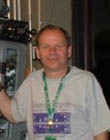
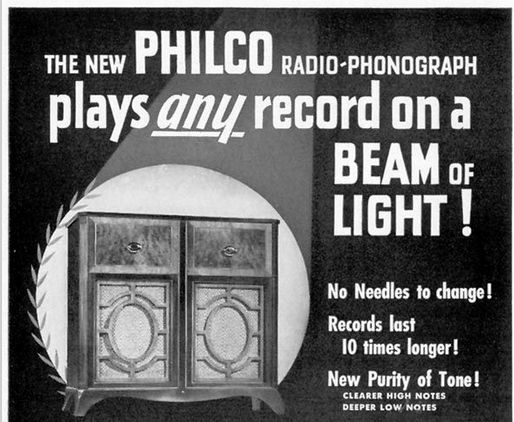
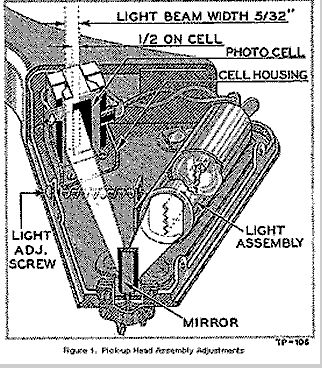







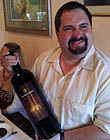
![[Smile]](smile.gif)



